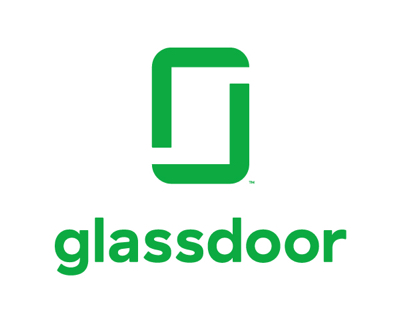Three key benefits of workplace transparency
Workplace transparency requires more than an open floor plan. It should be an essential part of company culture and continuously reinforced through processes and practices. Here are three reasons why you should invest in greater workplace transparency this year and in years to come.

Table of Contents
Table of Contents
When an organization is more transparent with their employees, they tend to be more successful. This type of environment leaves employees feeling valued. They are encouraged to be creative and share their input. Transparency fosters a type of comfort that allows employees to communicate effectively and perform at their best.
But what is workplace transparency?
The simplest definition of a transparent workplace is “operating in a way that creates openness between managers and employees.”
This type of openness between managers and employees creates trust and leads to a successful organization. In one way or another, that is every single company’s goal: to be continually successful at what they do. However, transparency isn’t just something you do once and the then wait for the results. When it is promoted and maintained continuously, it can yield many benefits for your organization.
Three benefits of workplace transparency
1. Honesty is the best policy
You hear many stories of employees who thought something was one way within their organization only to find out later that it was not. In situations like this, whether or not the dishonesty is ever found out or revealed, it still takes a large toll on the corporate environment.
2. Make sure everyone is on the same page
It is never a bad idea to set expectations and make sure that everyone from senior leadership to managers down to frontline employees and so on, are on the same page. When the understanding of values, ethics, communication standards, plans, goals, etc. are the same from the bottom to the top, it leaves little room for misunderstanding.
When one person is not aligned with the organization, it is significantly more likely that everyone below them will be out of line as well. Not everything will always be black and white, but having standards and expectations clearly defined will be one step closer to getting it there.
3. Communicate effectively
All three of these steps are intermingled. It could be argued that effective communication is the foundation to the first two. When lines of communication between employees and their managers are open, and communication is encouraged, honesty, understanding and common ground are easier to accomplish. When leaders effectively communicate with those below them, those people will be more likely to also effectively communicate with their team, and so on.
It is also good to plan consistent ways of communicating particular types of information and specific ways of doing so. There will be times when things have to be communicated that aren’t positive. By defining expectations of communication, methods can be developed that will help uphold standards as well as reduce ambiguity or surprises. When communication is straightforward, even if it is bad news, employees are likely to feel more respected and valued. Similarly, when you keep lines of communication open and make sure your employees are listened to and also consistently updated, this too allows for them to feel valued and fosters trust.
You may also like:
Ready to get started?

